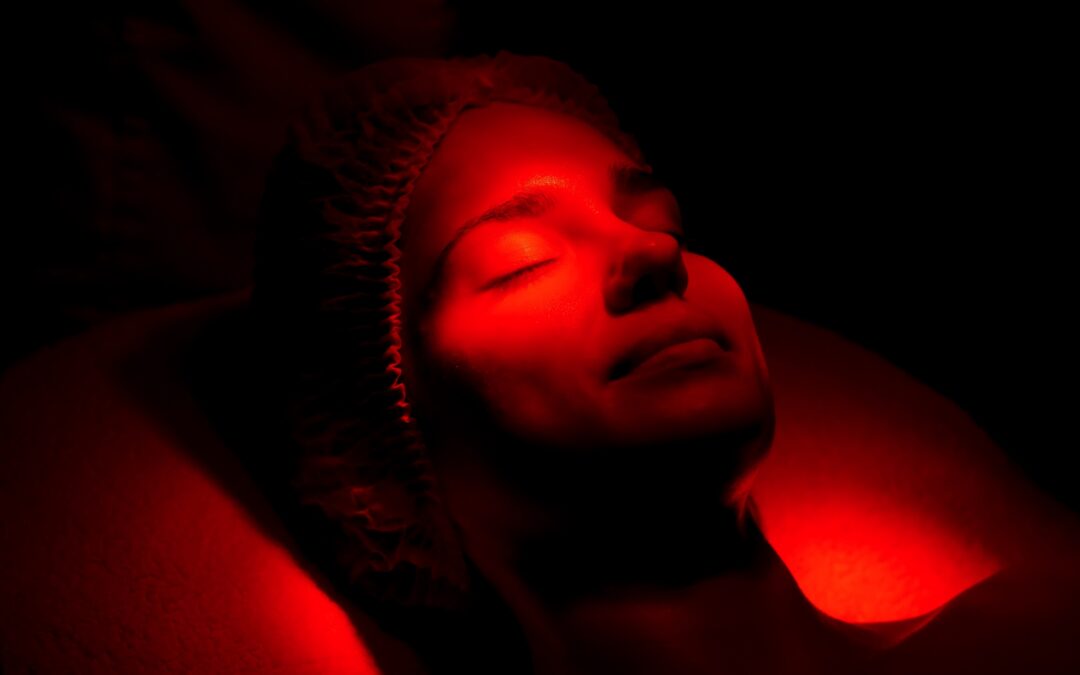Red light therapy (RLT), particularly near-infrared (NIR) light, has shown potential in improving
bone health by stimulating cellular processes critical to bone formation and repair. While
research is ongoing, early studies suggest that RLT can support bone density and healing.
How Red Light Therapy Supports Bone Density
1. Stimulates Osteoblast Activity (Bone Formation):
Red and near-infrared light penetrate deep into tissues, promoting osteoblast
(bone-building cells) activity. This leads to increased bone formation and mineralization.
2. Improves Collagen Production:
Collagen is a key component of the bone matrix. Red light enhances collagen synthesis,
supporting both bone strength and flexibility.
3. Increases Circulation and Reduces Inflammation:
RLT promotes blood flow to bone tissue, delivering essential nutrients and reducing
inflammation that can hinder bone regeneration.
4. Enhances Mitochondrial Function:
The light stimulates mitochondria, boosting energy production (ATP), which is crucial for
cellular repair and regeneration processes, including those in bone cells.
Effective Wavelengths for Bone Health
● Red Light (630-660 nm): Penetrates skin and superficial layers, supports collagen
production, and reduces inflammation.
● Near-Infrared (NIR) Light (810-850 nm): Penetrates deeper into muscles and bones,
directly stimulating bone tissue and osteoblast activity.
Recommended Dosage for Red Light Therapy
Wavelength and Intensity:
● For bone density, NIR light (810-850 nm) is ideal for deeper penetration.
● Light panels or devices should have an irradiance (light intensity) of 20-100 mW/cm2 at
a short distance (6-12 inches).
Session Duration:
● 10-20 minutes per session is typical, depending on device power.
Frequency:
● 3-5 times per week is often recommended for long-term benefits, especially for chronic
conditions like low bone density.
● For acute healing (e.g., fractures), more frequent sessions may be beneficial.
Consistency:
Bone health improvements occur gradually over weeks to months, so regular sessions over 3-6
months are essential.
Clinical Evidence
While human studies specifically on bone density are limited, some animal studies and clinical
trials suggest promising results:
● A study on rats showed enhanced bone healing and increased bone mass with NIR light
exposure.
● Clinical studies on red light’s benefits for arthritis and joint pain demonstrate improved
bone and joint function, implying benefits for overall bone structure.
Combining Therapies for Best Results
To maximize bone density improvements:
● Use red light therapy alongside weight-bearing exercise and nutrition (e.g., calcium,
vitamin D3/K2, magnesium).
● Consider functional testing to monitor progress over time.
Conclusion
Red light therapy, particularly near-infrared wavelengths (810-850 nm), can play a supportive
role in improving bone density by stimulating osteoblast activity, enhancing collagen production,
and promoting circulation. Regular use, combined with a holistic approach, may help prevent or
mitigate bone loss in postmenopausal women and others at risk for osteoporosis.

